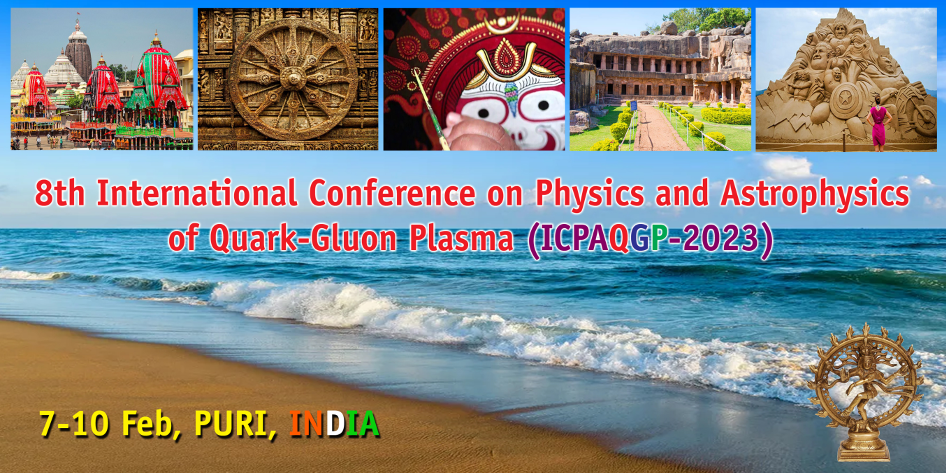Speaker
Description
In ultra-peripheral collisions (UPCs) where two relativistic nuclei pass one another at a distance more than twice the nuclear radius, quasi-real photons from one nucleus may interact via a virtual quark-antiquark pair with gluons from the other nucleus and form short-lived vector mesons (e.g., $\rho^{0}$, $J/\psi$, $\phi$). Lorentz-boosted electromagnetic field of a relativistic nucleus can be quantized as linearly polarized photons. Due to the photon polarization in the vector meson production processes, a unique diffractive or spin interference pattern can be observed. In order to study the interference pattern, we will present the cos(2$\Delta\phi$) modulation, where $\Delta\phi$ is the angle between the $J/\psi$ and one of its daughters, in Au+Au UPCs at $\sqrt {s_{NN}} =$ 200 GeV recorded in 2014 and 2016 by STAR. This angular modulation is sensitive to the nuclear geometry and gluon distribution inside the colliding nuclei.

